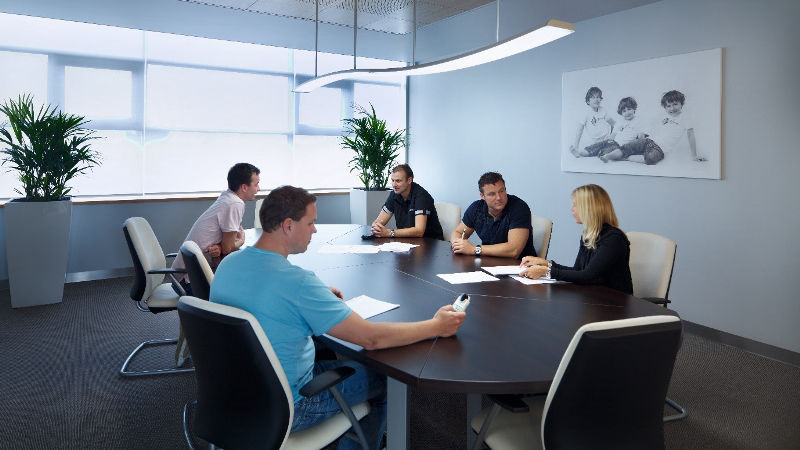Today’s offices and homes can be complicated. With plumbing, wiring, insulation, and other systems, an entire world exists beneath the surface of an apparently simple property. Many people are unaware how the buildings, they live or work in, function the way they do. They simply hope that they work the way they want them to. This level of complexity has expanded over recent decades, with new layers of technology and automation that can make home and work life more convenient and efficient. But this complexity comes with a heavy environmental price tag. According to the 2022 Global Status Report for Buildings and Construction from the UN Environment Programme (UNEP), the building and construction sector accounts for 34% of global energy demand and 37% of energy-related emissions.
The Green Building Council estimates that with approximately 70% of the UK’s non-residential building stock has been constructed before the year 2000. If energy and carbon targets are to be achieved, and the UK’s 2050 net zero targets realised, significant energy efficiency and embodied carbon reductions are needed. As a result, much of the sector will have to undergo some form of retrofit by 2050.
The demand for sustainable space is surging, with occupiers driving towards net zero targets and investors responding to market expectations and increasing regulation to avoid the risk of stranded assets and acknowledging the need to act to secure a global sustainable future. This brings commercial retrofit into sharp focus, promoting the important conversation around our existing built assets and providing a level of clarity and consistency to the approaches required to decarbonise them. Let’s dive straight in.




